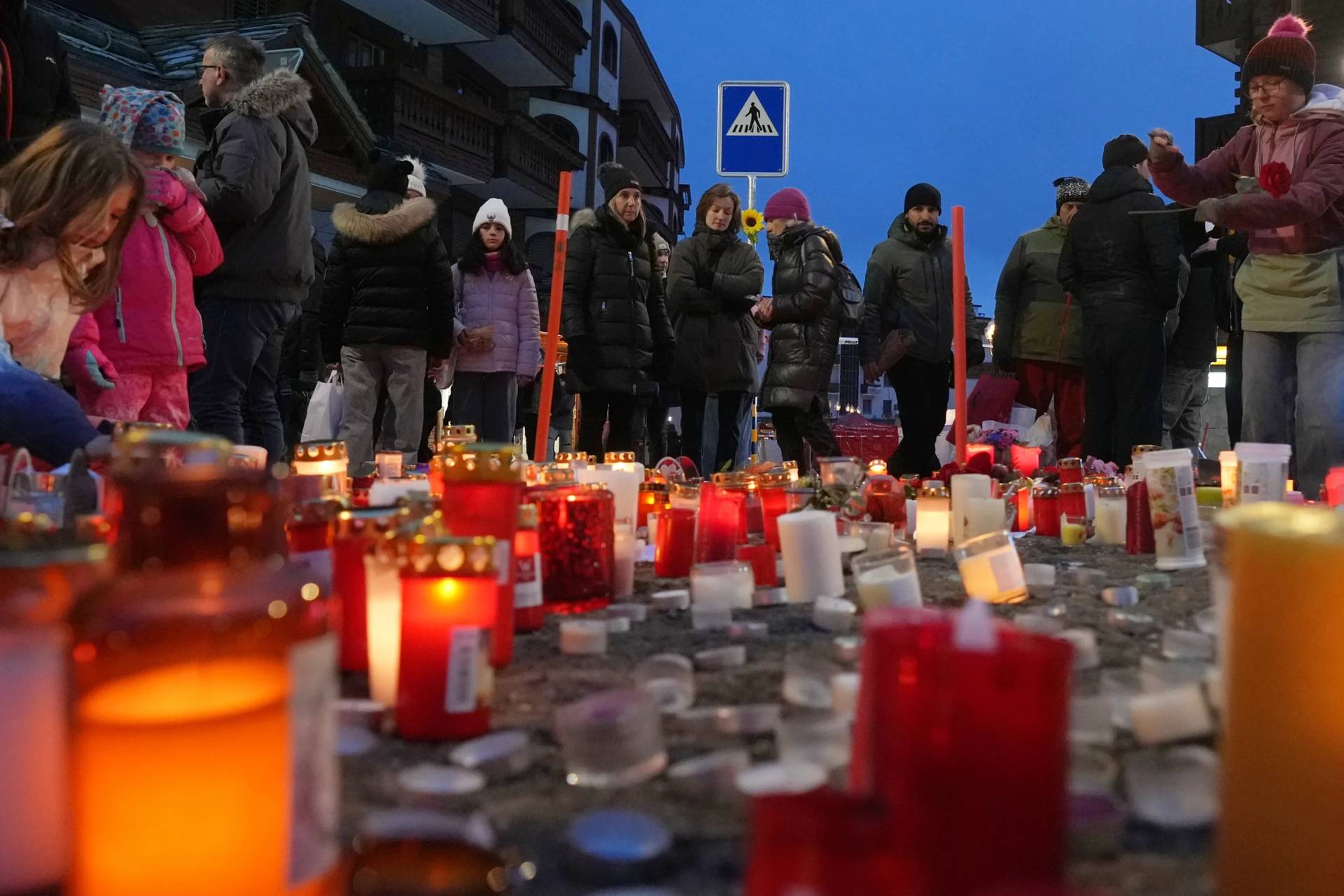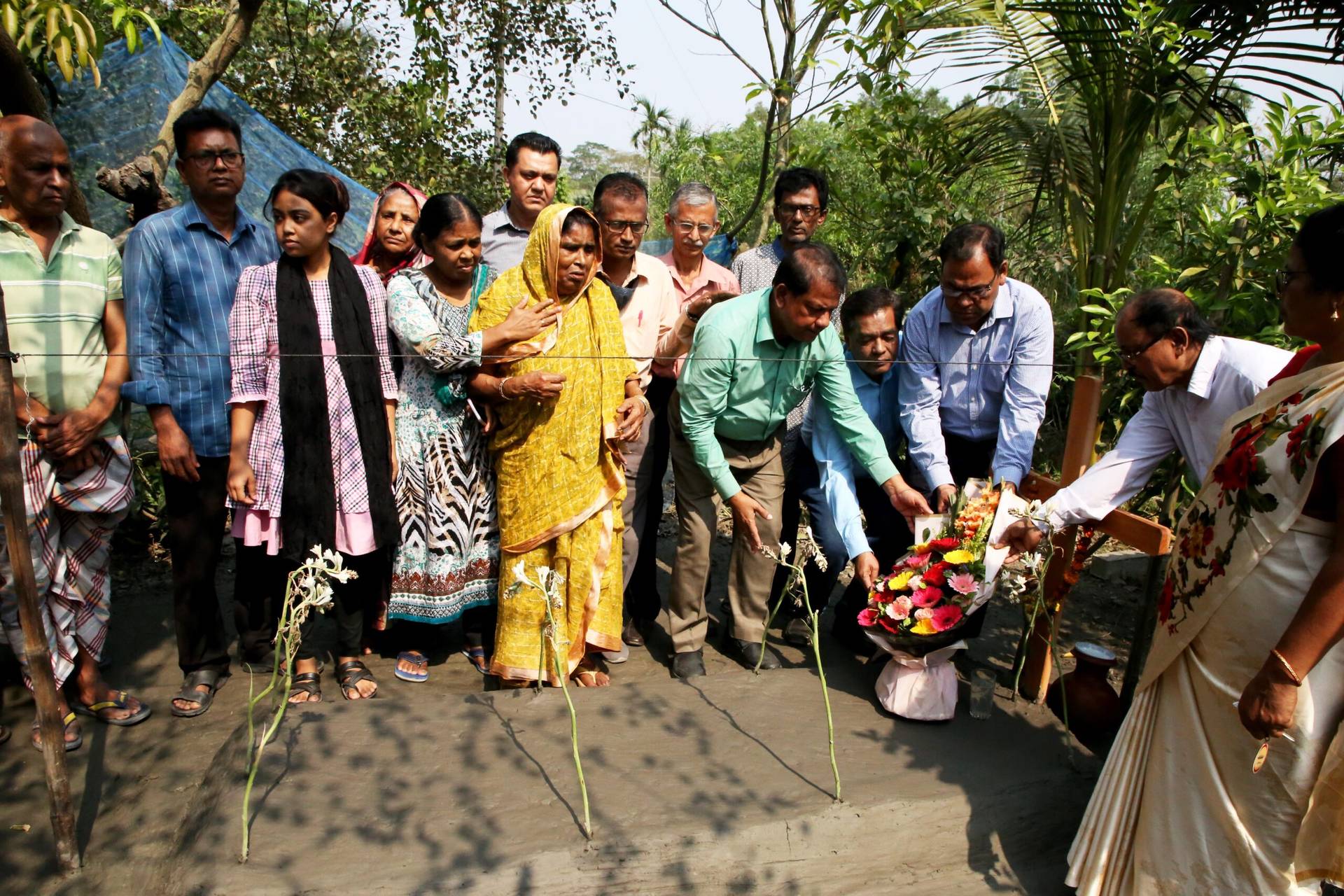Dutch churches are preparing for another storm that will hit parish life hard. With the impact of the COVID-19 pandemic still fresh, the energy crisis is now rearing its head. Churches must reckon with an increase in energy bills of three to four hundred percent next year, claims Energy for Churches, an organization that collectively buys energy and to which about 350 Catholic parishes are affiliated.
With this bleak outlook in mind and with falling temperatures ahead, parishes fear the negative effects on the finances and operations of their faith communities. Accordingly, the Diocese of Haarlem-Amsterdam, in a letter to parish councils, stressed that, if they have not already done so, parishes should immediately take “far-reaching measures” “to significantly reduce energy consumption.” Other Dutch dioceses have also strongly advised pastoral teams to take necessary measures. Exactly what that should look like varies greatly by parish and location.
“What may be an excellent solution for one church building may actually be the wrong one for another church,” advised the Diocese of Rotterdam.
According to Dre Verlinden, a board member of a federation of four parishes in the southern diocese of Roermond, the situation means parishes will have to make changes. In the churches of his parish, rising energy costs are currently the main concern. The church administration has decided not to let people attend Mass in a cold church, Verlinden said
“Then people come once and never return,” he said.
So his parish is considering taking turns, heating just one of the churches within the parish area for Sunday Mass.
But whether the mostly elderly churchgoers would be willing to travel to a neighboring location remains to be seen, Verlinden said. In his view, moving Masses to a venue in the village, such as a community center, is the best solution. In one of his churches, between 40 and 60 people attend Mass on Sundays.
“Which means Mass can also take place in a hall. In terms of rent, that is much more favorable compared to heating the whole church,” he said, adding it is just a temporary solution for the winter period.
In the north of the country, St. Vitus Parish in Leeuwarden and surrounding areas is also opting to move their Masses to a smaller location. These include the churches in the outlying areas of the parish, explained Agda Wachter, vice president of the board.
Starting in Advent, these Masses will take place in parish halls. Masses in the city of Leeuwarden will not be moved, but will alternate between two churches.
Father Bart Putter of the Diocese of Haarlem-Amsterdam said bringing worshippers together is the most effective method of saving cash and energy. That is also the diocese’s suggestion, which, however, cannot offer ready-made solutions. Parishes, he said, must look carefully at their own situation and adjust the heating policy accordingly.
“For example, a church may be sensitive to moisture, while somewhere else this may not be an issue. Therefore, there will be no general rule as to when churches must turn off the heating,” he said.
Putter is also a parish priest in the city Haarlem and the surrounding area. In his parishes, the decision has been made to heat church buildings to about 50°F during Sunday Mass.
In one of the parishes in the southern city of Roosendaal, church buildings are not yet being heated. However, parish priest Father Marc Lindeijer is busy making plans for the coming winter. His parish council is going to look closely at what is absolutely necessary, he says: Everything that is not necessary will be scrapped.
Instead of keeping the church at a comfortable temperature all week, Lindeijer is considering setting the heating to a minimum.
“Everyone understands the problem and knows that things need to change. If we ask people to put on a thick coat, I expect they won’t have a problem with that,” the priest said.
Lindeijer is struggling with the fact that there are two large churches in Roosendaal, where heating costs will rise considerably. As much as he would like it, alternating between the two churches for Sunday Mass is not an option.
“People here in Roosendaal are attached to their church. We could perfectly well celebrate Christmas in one church instead of three, but I fear that the majority of parishioners would then decide to stay home,” he said.
In addition to rising energy costs, Lindeijer also notices that other items are becoming more expensive in his parish, such as devotional candles. Suppliers have raised prices by 50 percent because of a shortage of raw materials.
“What I regret very much in all this is that as a parish priest I should spend my time attending to my parishioners, but instead I’m spending my time worrying about heating and candles,” he said.
How much money a parish spends on heating church buildings depends on several factors. One major problem is that most Dutch church buildings are large, tall and poorly insulated. Since hot air rises, it takes a lot of heating before those attending Mass notice the difference. Moreover, large temperature fluctuations are bad for the interior of churches: Organs, wood carvings and wall paintings can suffer.
The cost of heating a large, old church can weigh heavily on a parish’s overall budget, admitted Anna Kruse on behalf of the Dutch bishops’ conference.
She has received indications that parishes are very concerned about rising energy costs.
Tom Peters, consultant of Energy for Churches, gets these messages as well.
“We receive many very concerned phone calls and emails from churches that are really in big financial trouble,” he said.
Churches affiliated with the initiative will receive a new energy contract by Jan. 1, 2023.
“We have purchased about 75 percent of both electricity and gas,” Peters says. “Based on the preliminary rates, churches should expect their total energy costs to quadruple compared to this year.”
Given current energy prices, even churches that have their own contracts with an energy supplier will not emerge unharmed.
“Costs for churches are only increasing while revenues are ever decreasing,” Peters noted. “The energy crisis may be the tipping point for many churches.”
This article was translated for Crux by Susanne Kurstjens-van den Berk.
















